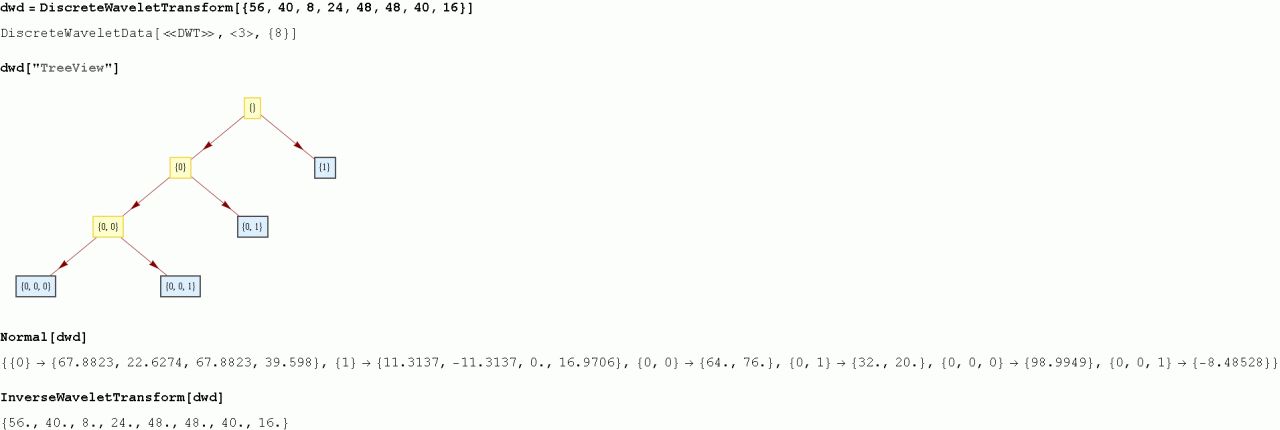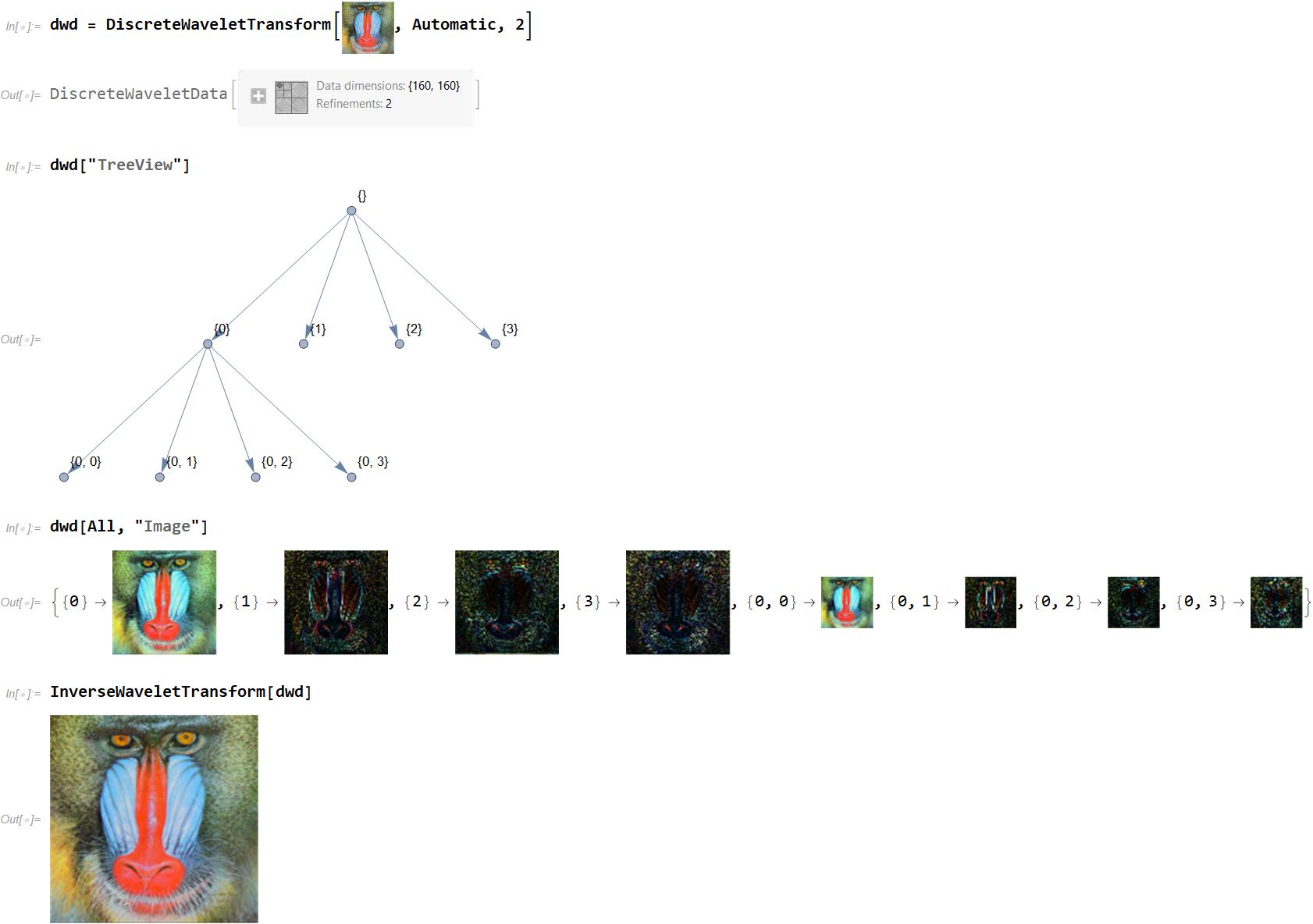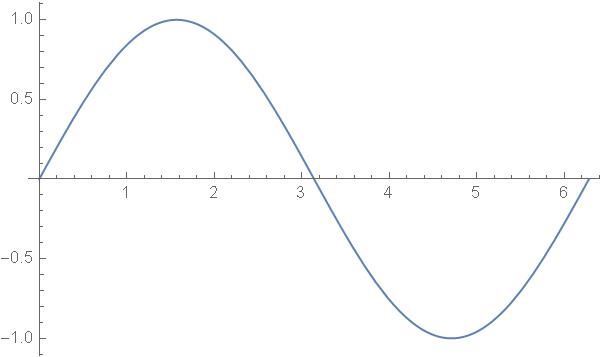
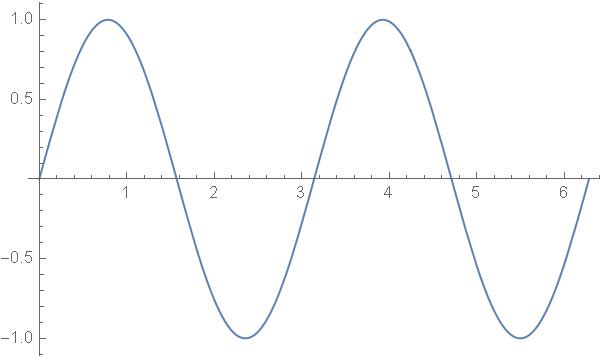
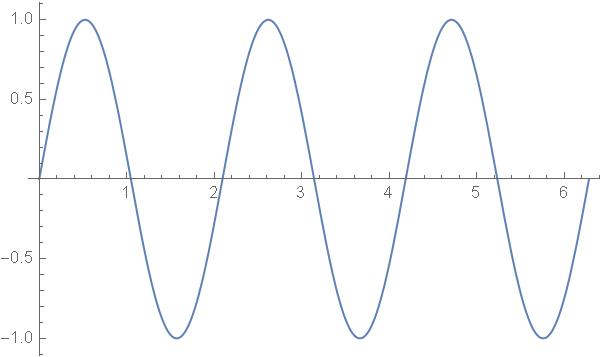
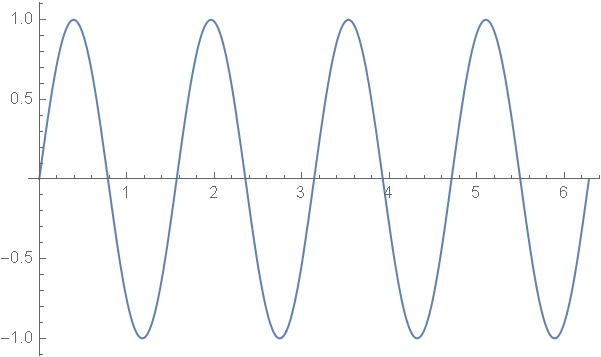


| (1) |
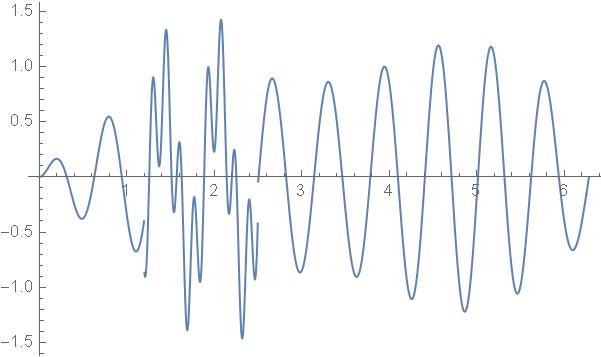
| = |  | ×a1 |
| + |  | ×a2 |
| + |  | ×a3 |
| + |  | ×a4 |
| f(0)(x)={4,6,2,14,4,2,6,12} |
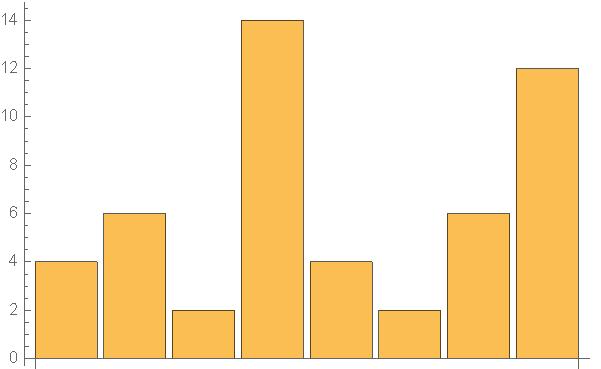 |
|
= |
| f(1)(x)={5,8,3,9} | g(1)(x)={−1,−6,1,−3} |
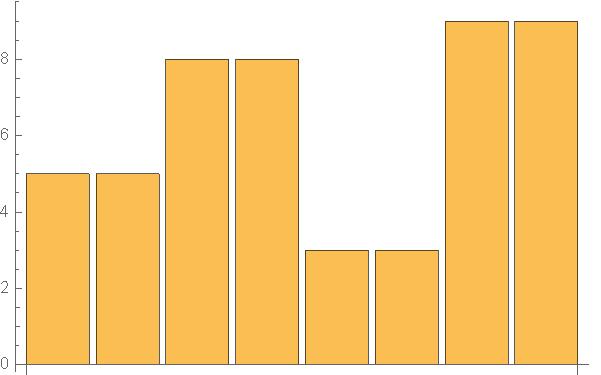 | + 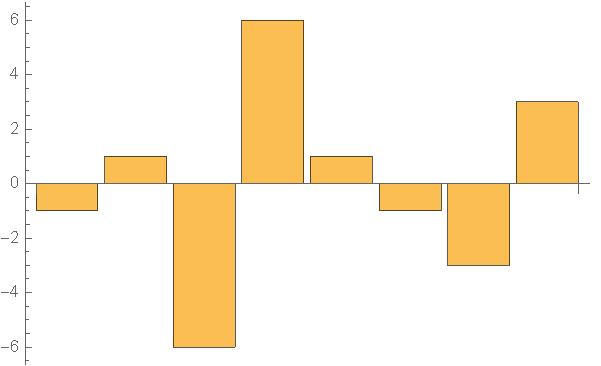
|
| f(2)(x)={6.5, 6.0} | g(2)(x)={−1.5,−3.0} |
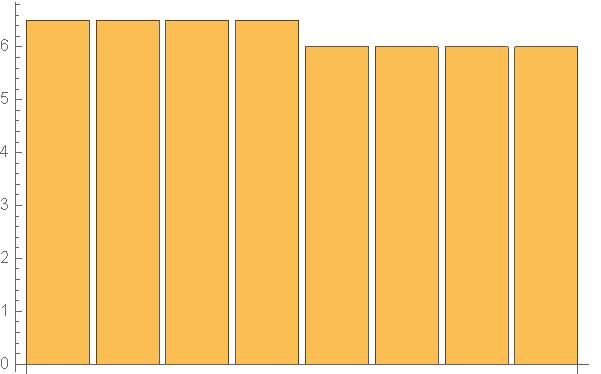 | + 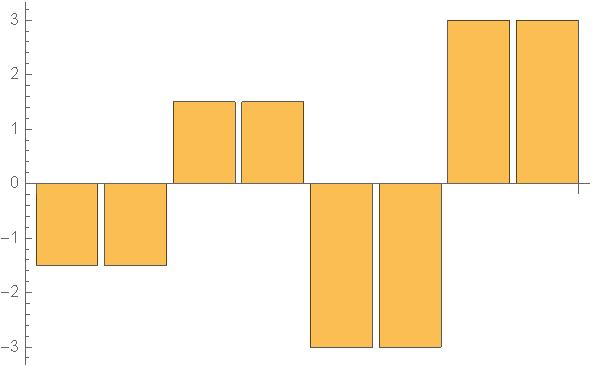
|
| f(3)(x)={6.25} | g(3)(x)={0.25} |
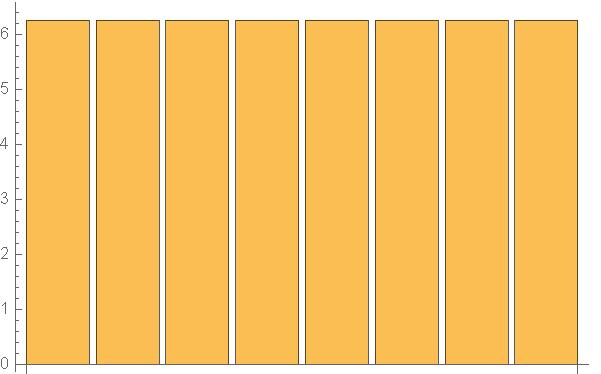 | + 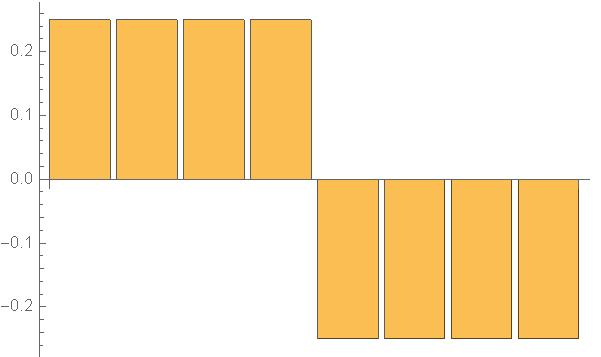
|
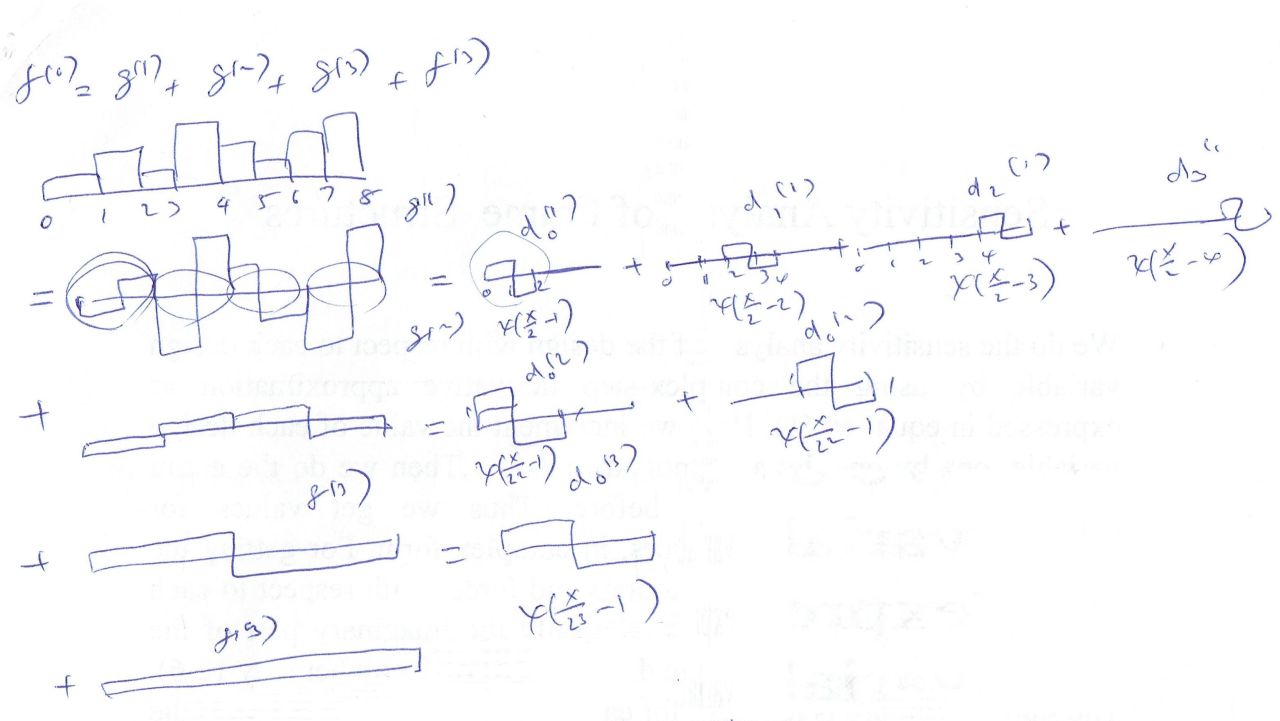
| (2) |
| (3) |
| (4) |
| (5) |
| (6) |
| (7) |
| (8) |
|
| (14) |
| (15) |
| (16) |
| (17) |
| (18) |
| (19) |
| (20) |
| (21) |
| (22) |
| (23) |
|
| (28) |
| (29) |
| (30) |
| (31) |
| (32) |
|
|
| (36) |
| (37) |
|
